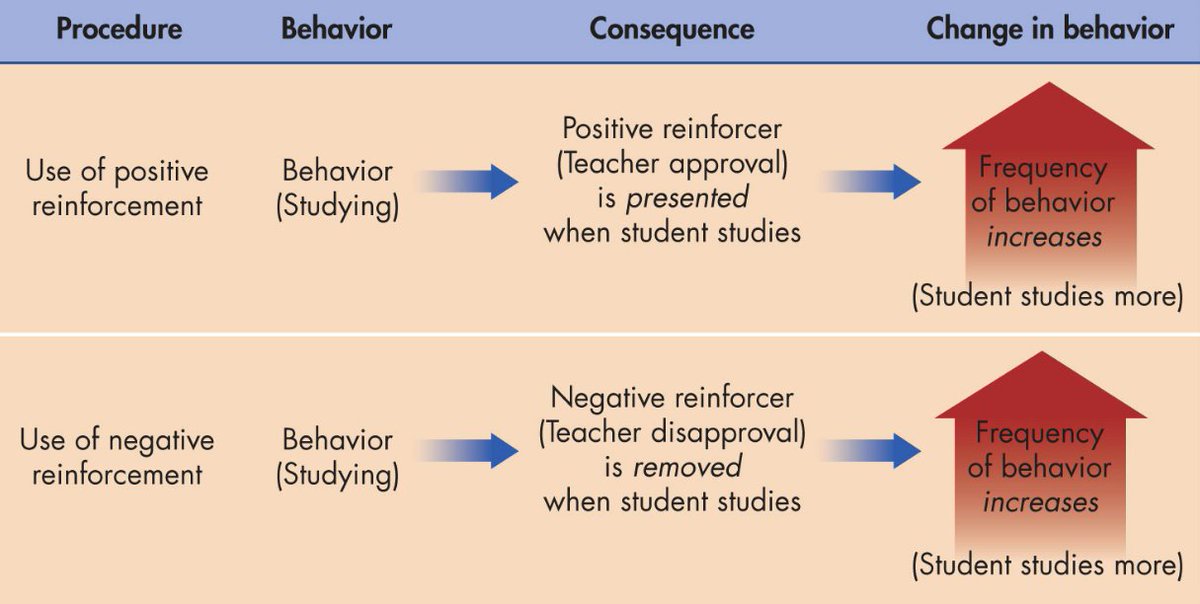

As predicted by the law of effect, the rat had learned to repeat the action that brought about the food and cease the actions that did not. Soon the rat was pressing the lever as fast as it could eat the food that appeared. The next time around, the rat took a little less time to press the lever, and on successive trials, the time it took to press the lever became shorter and shorter. Eventually the rat chanced upon a lever, which it pressed to release pellets of food. A rat placed in the chamber reacted as one might expect, scurrying about the box and sniffing and clawing at the floor and walls. The most basic of Skinner’s experiments was quite similar to Thorndike’s research with cats. It also contains a device to record the animal’s responses (Figure 10.5). A Skinner box (operant chamber) is a structure that is big enough to fit a rodent or bird and that contains a bar or key that the organism can press or peck to release food or water. Skinner created specially designed environments known as operant chambers (usually called Skinner boxes) to systematically study learning. Skinner (1904-1990) expanded on Thorndike’s ideas to develop a more complete set of principles to explain operant conditioning. The influential behavioural psychologist B. Thorndike described the learning that follows reinforcement in terms of the law of effect. When Thorndike placed his cats in a puzzle box, he found that they learned to engage in the important escape behaviour faster after each trial. Unsuccessful responses, which produce unpleasant experiences, are “stamped out” and subsequently occur less frequently. Observing these changes in the cats’ behaviour led Thorndike to develop his law of effect, the principle that responses that create a typically pleasant outcome in a particular situation are more likely to occur again in a similar situation, whereas responses that produce a typically unpleasant outcome are less likely to occur again in the situation (Thorndike, 1911). The essence of the law of effect is that successful responses, because they are pleasurable, are “stamped in” by experience and thus occur more frequently. The next time the cat was constrained within the box, it attempted fewer of the ineffective responses before carrying out the successful escape, and after several trials the cat learned to almost immediately make the correct response. But eventually, and accidentally, they pressed the lever that opened the door and exited to their prize, a scrap of fish.
Negative reinforcement examples aspirin how to#
At first the cats scratched, bit, and swatted haphazardly, without any idea of how to get out. In his research Thorndike (1898) observed cats who had been placed in a “puzzle box” from which they tried to escape (“Video Clip: Thorndike’s Puzzle Box”).

Thorndike (1874-1949) was the first scientist to systematically study operant conditioning. How Reinforcement and Punishment Influence Behaviour: The Research of Thorndike and Skinner


 0 kommentar(er)
0 kommentar(er)
